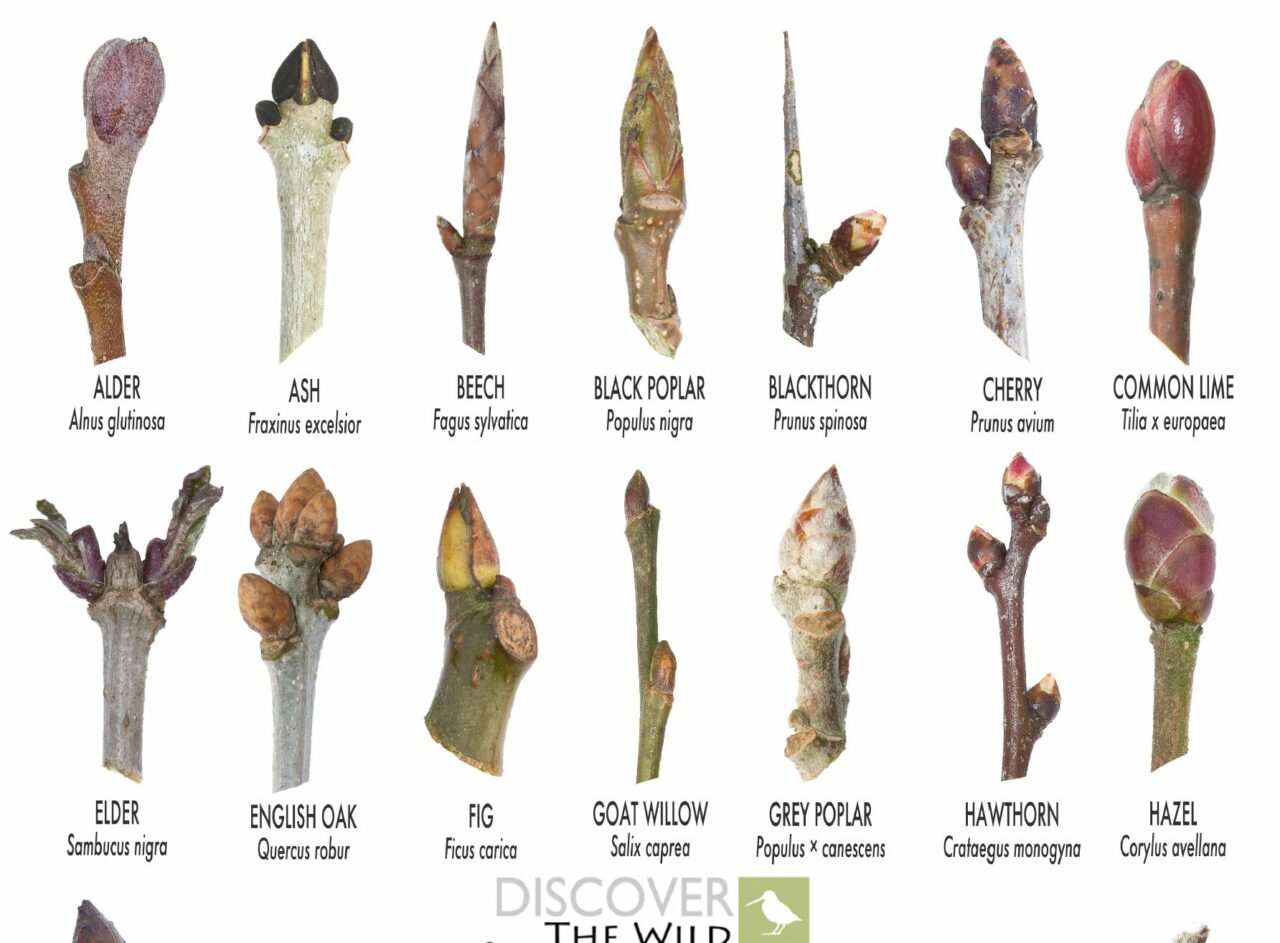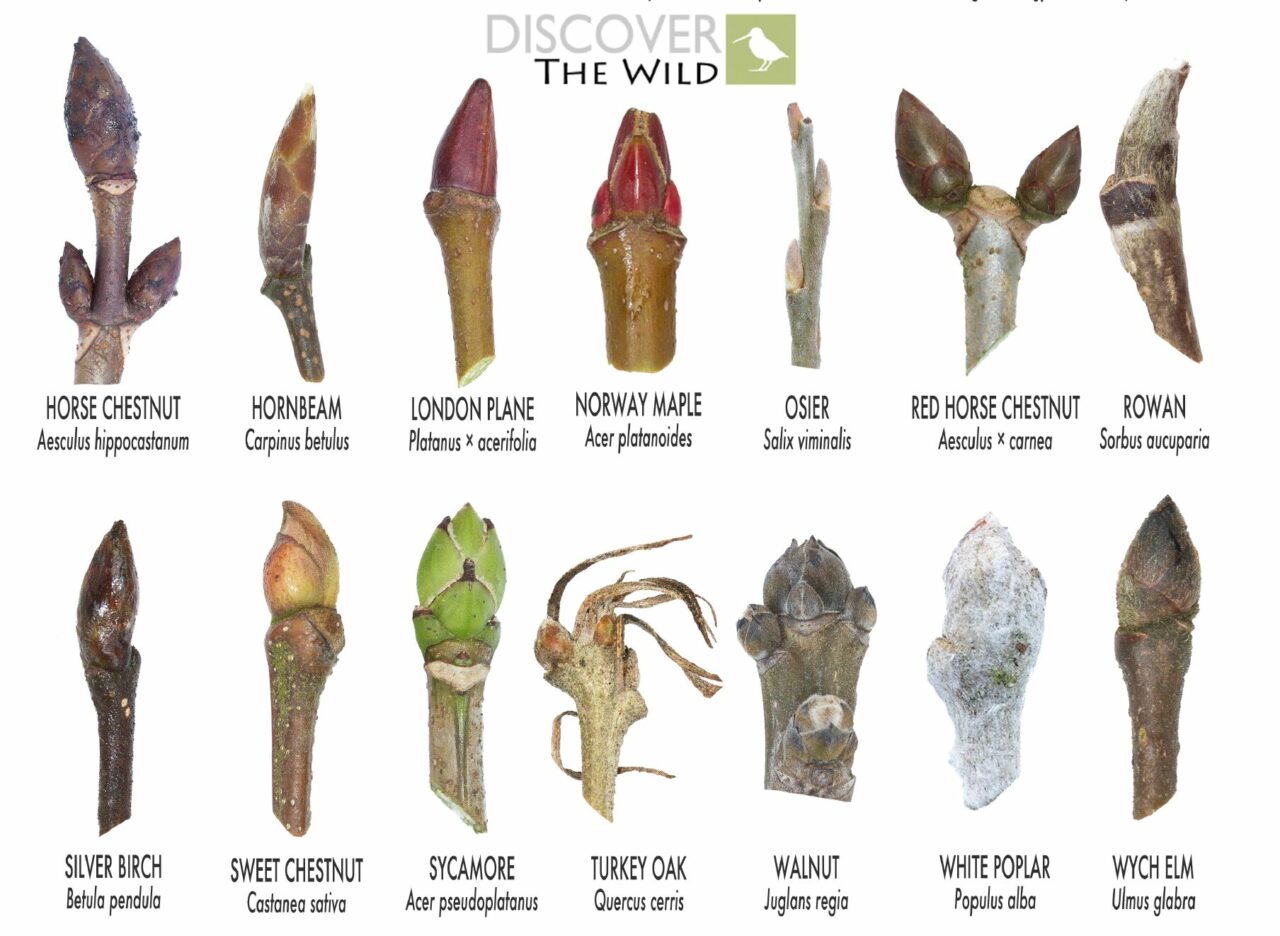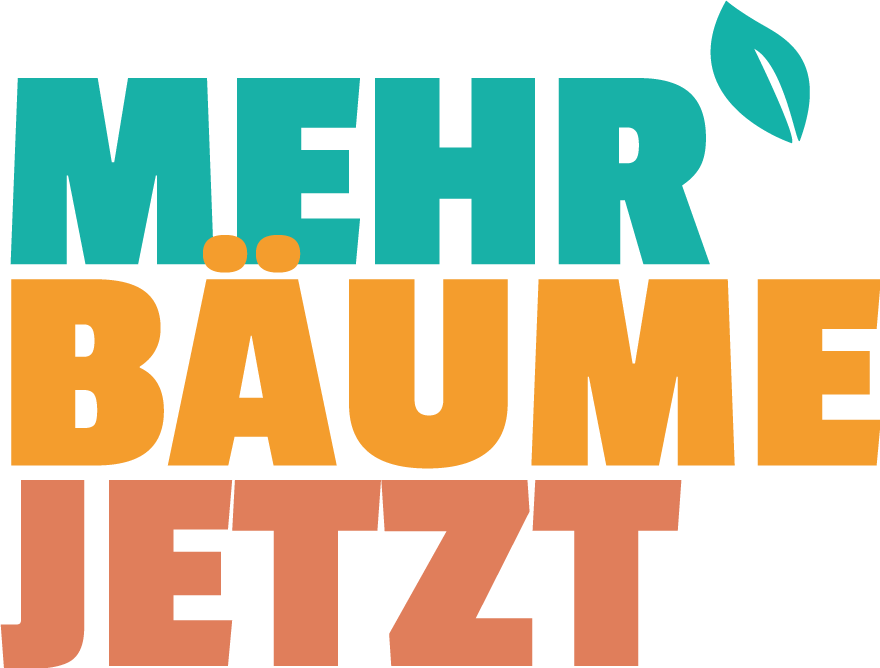I have some seedlings
Every tree produces seedlings each year. However, in spaces like backyards, there often isn’t enough room for all these seedlings to grow into mature trees or shrubs. Fortunately, others might be eager to adopt them! Donate your seedlings and cuttings to More Trees Now, and we’ll ensure they find a suitable location. This way, we can plant a million trees for climate and biodiversity!
DONATE SEEDLINGS AND CUTTINGS
More Trees Now aims to (re)plant 1 million trees this year! You can help by donating seedlings from your own garden or perhaps from your neighbour’s or grandmother’s garden.
Each tree or shrub yields saplings annually. Backyard gardens often lack the space for all these saplings to mature into trees or shrubs. There are others who would love to have them! Donate your seedlings and cuttings to More Trees Now, and we’ll ensure they find a suitable location. This way, together, we can plant a million trees for climate and biodiversity!
JOINING IS SIMPLE!
- The saplings don’t need to be in pots; upon receipt, they can be heeled in, planted, or temporarily placed in a trench. However, it’s also wonderful if they are in pots!
- It is helpful for the recipient if the seedlings are labelled with the species name. Please scroll down for our tips on how to recognise seedlings.
- Contact a Tree Hub to submit seedlings and cuttings!
WHAT CAN YOU DONATE?
Seedlings: Search your garden for seedlings of trees and shrubs between 50 and 200 centimetres tall. Remove the entire tree or shrub from the soil, ensuring as much root as possible is intact. You can shake off the root ball; it’s not necessary to donate it. Scroll to the bottom of the page for help in identifying your seedling.
Cuttings are also welcome! Any branch from a Willow, Poplar, Elder, Butterfly Bush, or Fig can be inserted into the ground, and a new tree or shrub will sprout from it.
Elder, Butterfly Bush, Fig, Grape: Prune the woody sections back into segments of about 50-60 cm (or 4 nodes) and place them with bottoms in water or soil to prevent drying out. Cuttings with a diameter of 2cm perform best.
Poplar, Willow: Cut or trim at an angle, preferably 2-3 meters long, when planted about 50cm in the soil.
Offshoots of Blackberry, Raspberry, Ribes, and Gooseberry: Sever along with the root.
DELIVER YOUR SEEDLING TO A HUB
The map displays all Tree Hubs across the UK and Ireland. Reach out to them to submit a tree or shrub. Alternatively, you can pot the seedling, place it near the hub’s fence, and send a message that an additional tree is available.
IDENTIFY YOUR SEEDLING
During the planting season, when saplings and shrubs have lost their leaves, it can be challenging to identify their species. Our first tip is to observe the surroundings carefully. What other trees are there, and could it possibly be a seedling? Are there any leaves that you recognise? This often provides significant clues.
Observation may not immediately reveal the correct species. That’s why we use a bud chart on our harvest days. This can be very handy. It might happen that you’re in the garden, unable to differentiate your carefully nurtured fruit tree from a seeded sweet chestnut. In such cases, use the bud chart! Additionally, there are apps that can assist you in identification.



